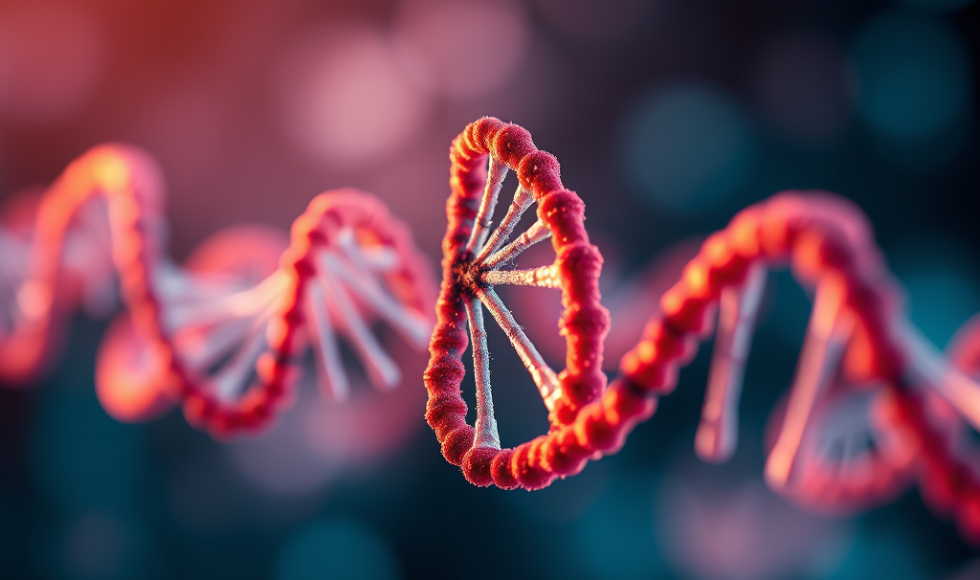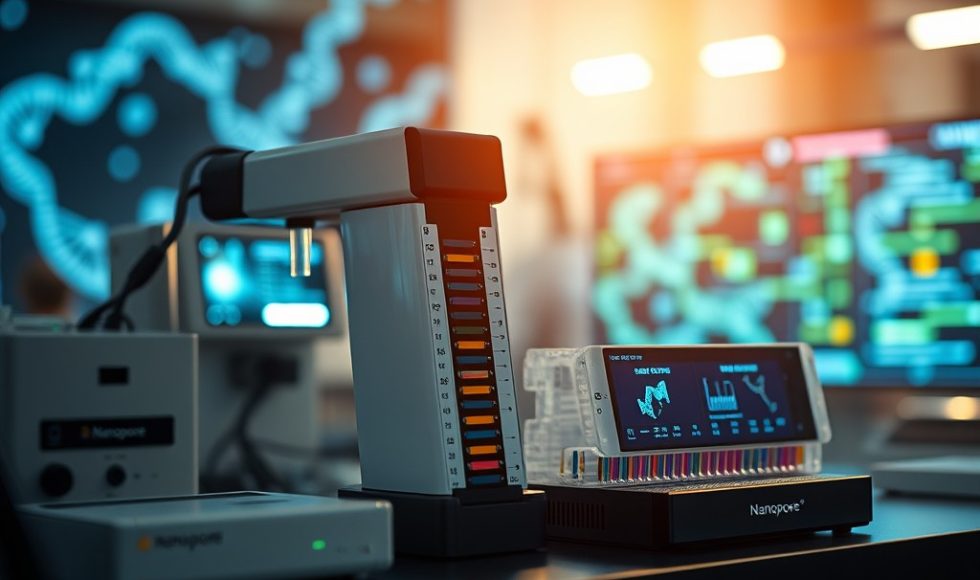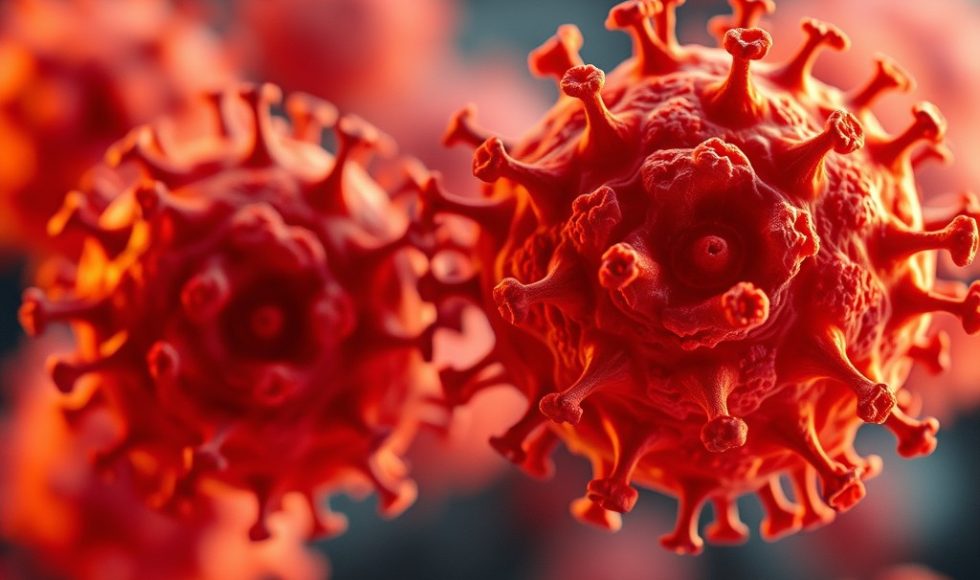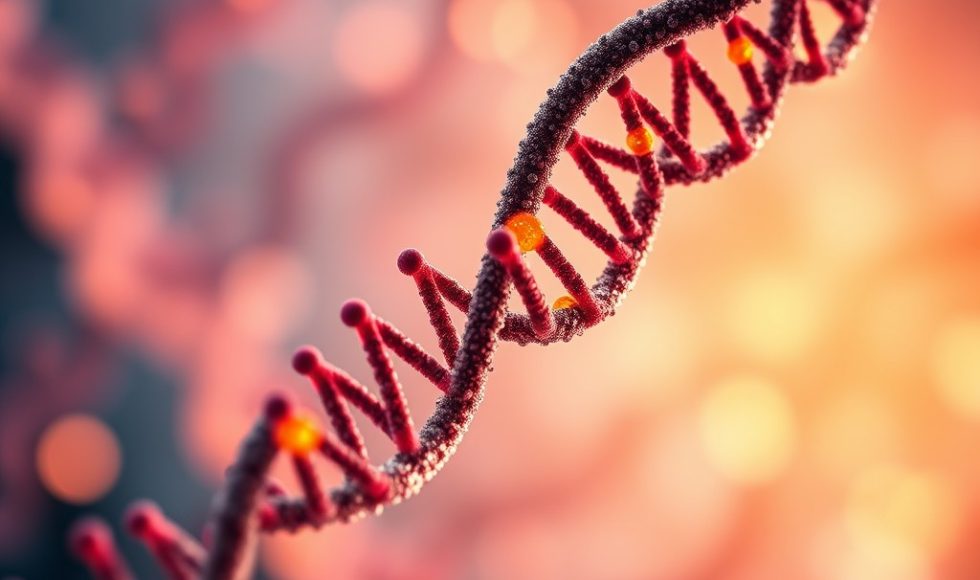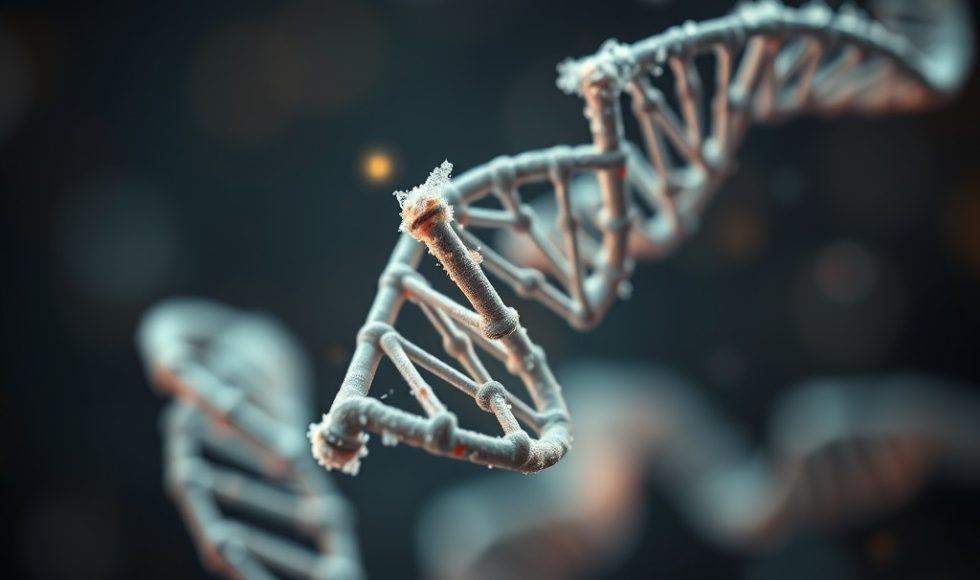We’ve been discussing the direct RNA sequencing kit and process in class. Tonight, I watched Bronya Boydon, Machine Learning Bioinformatician with Oxford Nanopore Technologies, provide the “Direct RNA basecaller update” as part of the Nanopore Community Meeting. Boydon described how RNA is translocated through the pore. Direct RNA has the benefits of long reads, simplicity, […]
Mike Vella, Senior Director of Machine Learning for Oxford Nanopore Technologies, provided an update on Dorado at the Nanopore Community Meeting in Boston. Vella explained that Dorado “powers Nanopore base-calling” by converting the raw signals into sequences. Stand-alone Dorado is a command-line tool. Dorado is also integrated into MinKNOW. Vella announced that among the updates, […]
David Yarmosh from ATCC presented at the Nanopore Community Meeting in Boston. The session’s title was intriguing: “How good is good enough?” Yarmosh is a bioinformatician with ATCC. They noted that the ATCC was founded in 1925 and now has nearly 5,000 genomes. Yarmosh explained that they are doing about 1,000 genome assemblies per year. […]
Michael Dean from the National Cancer Institute presented at the Nanopore Community Meeting in Boston on “Diverse structural variants cluster near breakage-fusion-bridge site in cancer genomes.” Dean spoke about oncogene amplification and the need for high-quality cancer genomes for SV analysis. They have developed a standard extraction method with size selection to obtain long reads. […]
Ela Sauerborn from the Helmholtz Al Institute in Munich, Germany, presented at the Nanopore Community Meeting on the “Detection of hidden antibiotic resistance through real-time genomics.” They spoke about a specific case they published on complex pneumonia. Real-time genomics in the clinical microbiology lab is of interest. Sauerborn talked about the increase in carbapenem-resistant Enterobacteriales. […]
Chun-Chieh Lin from Dartmouth Health spoke at the Nanopore Community Meeting in Boston on “Nanopore-based random genomic sampling for intraoperative diagnosis of brain tumors and beyond.” They focused on copy number and methylation alterations. Lin explained that copy number variation (CNV) is a common variant. Current approaches are karyotyping and comparative genomic hybridization, targeted with […]
Ana Peres from UNC-Chapel Hill presented at the Nanopore Community Meeting on “Unraveling gene expression patterns in pediatric germ cell tumors: a nanopore sequencing approach.” They spoke about how rare pediatric tumors are and the differentiation stages. Germ cell tumors can occur in the gonads and along the midline of the body. Peres and team […]
I watched Christian Gallardo from the Seattle Children’s Research Institute present at the Nanopore Community Meeting tonight. The title of the five-minute session was “Decoding the spliced HIV-1 transcriptome with accurate long-read RNA sequencing.” They described HIV as a retrovirus that infects CD4 T-cells and behaves like a gene upon integration. Gene expression is regulated through splicing. […]
Noah Bryan from the Bayview Secondary School in Canada presented at the Nanopore Community Meeting in Boston. The title of the five-minute session was “Is the water safe to drink/ The rapid test is the missing link!” Bryan is a sixteen-year-old student grade twelve student from Toronto, Canada. They developed a water test using the […]
Vivien Horvath from Lund University in Sweden presented at the Nanopore Community Meeting in Boston. The title of the session was “Studying disease-causing polymorphic transposable element insertions using nanopore sequencing.” They work on X-linked Dystonia-Parkisonism (XDP), an adult-onset neurogenerative disorder. Interestingly, it affects mostly males from Panay, Philippines, and is characterized by neuronal cell loss […]


